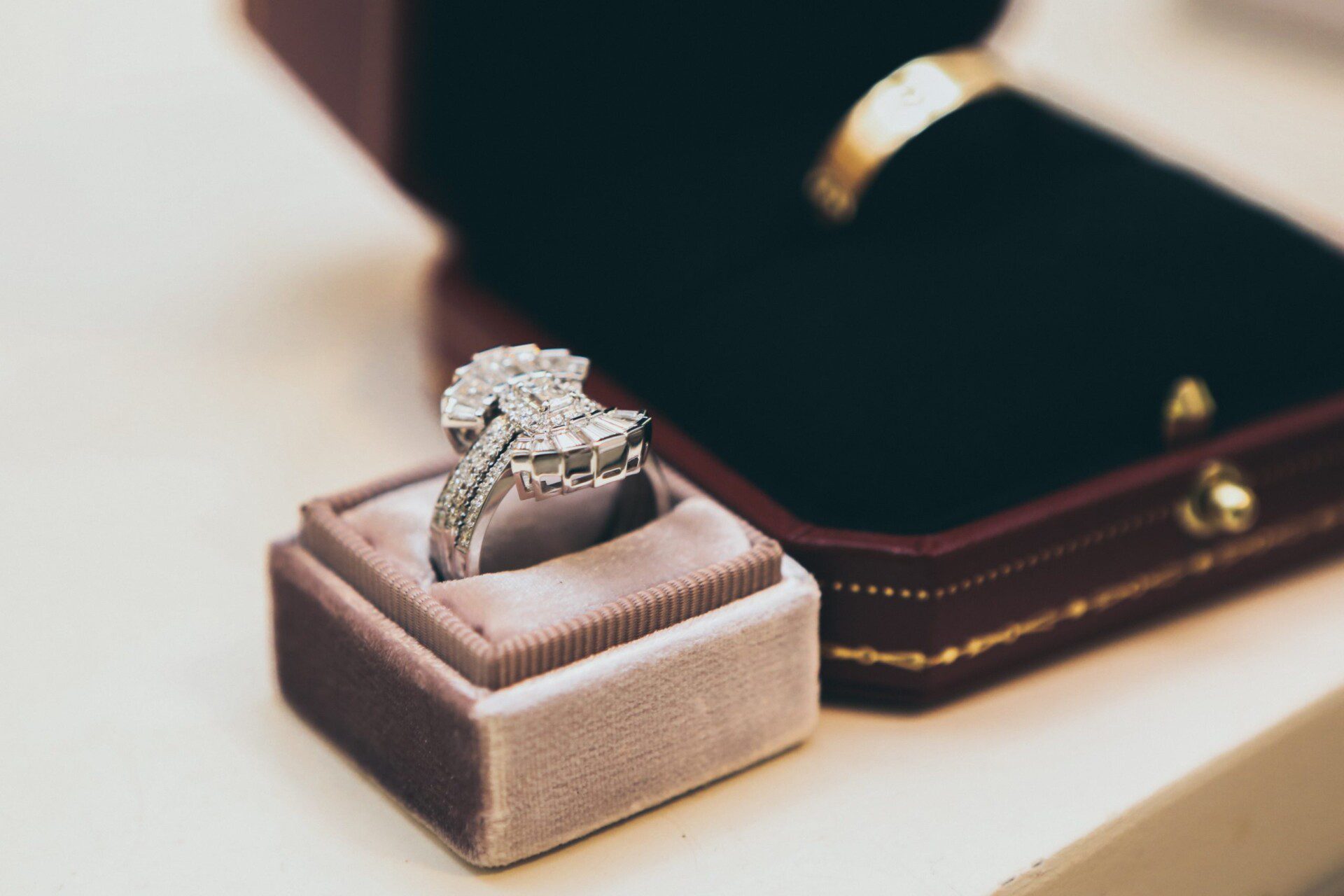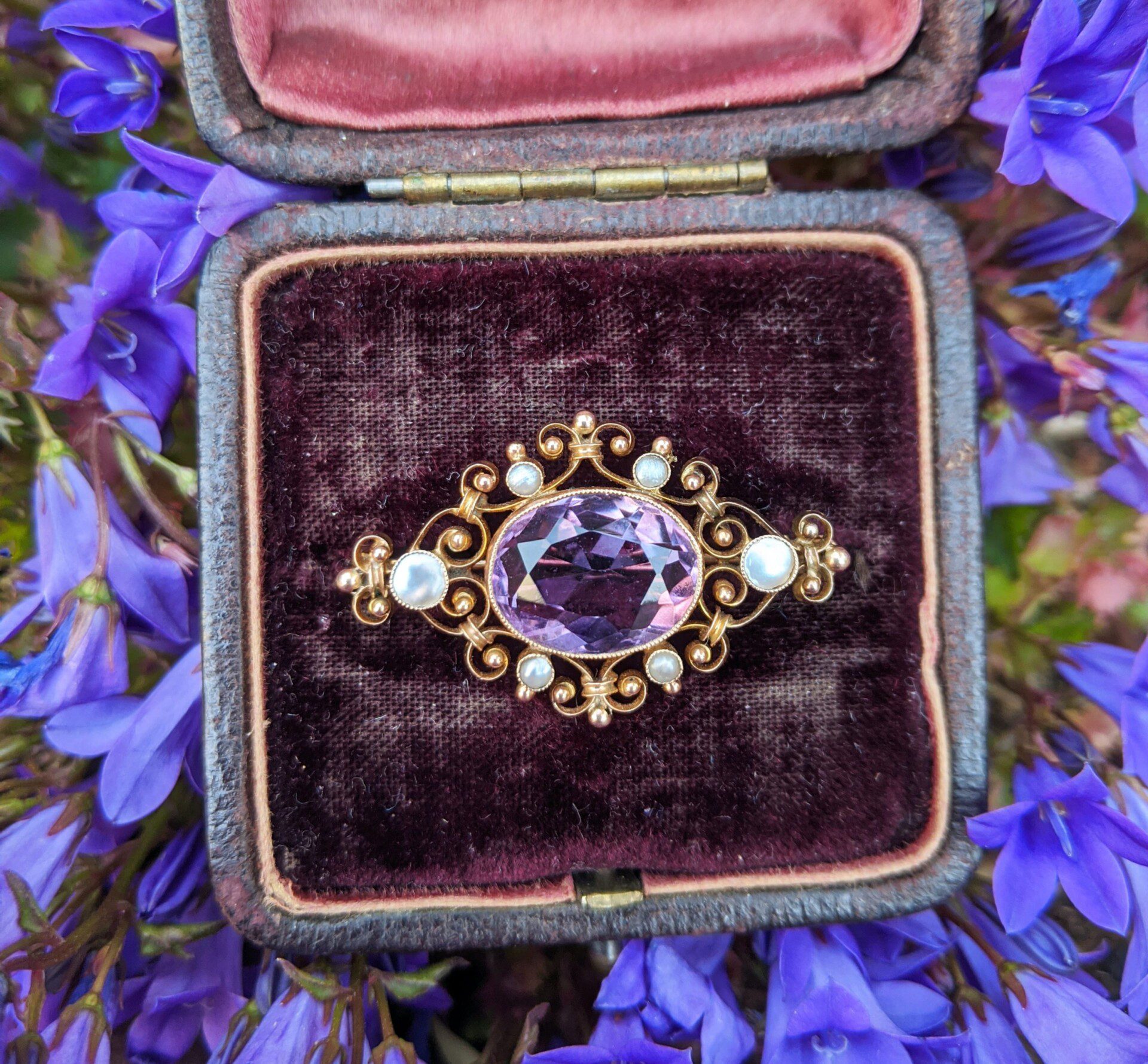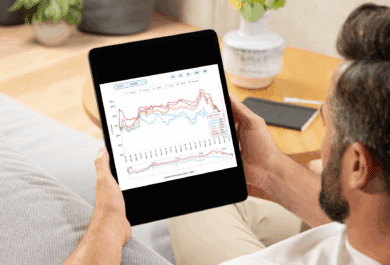There are many reasons why someone would want to buy fine jewelry second-hand: one of the most common reasons is to save money. While steadily decreasing, there is still a slight stigma against buying “used”, “pre-loved” or “pre-owned” jewelry – especially if it’s meant to be a gift that marks a traditionally important occasion. However, this stigma is starting to fade thanks to two of the reasons second-hand jewelry is so attractive: lower cost, and sustainability.
Buyers researching are quick to realize the big difference in price between new pieces from a retailer and pre-owned pieces – the prices set for pre-owned pieces often come from an arbitrary and abstract place, such as a seller putting a positive or negative emotional or personal element into a price, instead of strictly considering costs and markups…etc.
Sustainability is a fantastic reason to buy pre-owned fine jewelry; with the increasing cost of precious metals and the growing interest in “clean” or “green” diamonds (and other gems), buying second-hand allows buyers to consider something new like a lab-grown diamond and a pre-loved natural diamond on a more even playing field. Wanting something unique is another reason to buy second-hand jewelry: buyers who have their hearts set on a vintage or antique style, or are looking specifically more for an old cut stone (i.e. mine cut, rose cut… etc.). Many older pieces were also custom-made or made in less quantity than today’s mass-produced settings.
Whether you are looking to sell your fine jewelry or are considering buying pre-loved, here are some important things to keep in mind for those not shopping retail:

Know what your piece is worth.
As a buyer or a seller, it can be easy to let your own opinions or emotions cloud your decision on value. It’s important to step back and set a price or budget based on the facts. The style of a ring, no matter its age, can be more or less in favor, which affects value. If the piece is rare, such as custom-made or one-of-a-kind, that can mean a higher price. Finally, the quality and condition of the piece need to be considered – this includes metal content, size and quality of the stones, and if there are any repairs needed.
Total Cost.
This might be more relevant to buyers, but some sellers may consider making repairs requested by buyers to maintain control of the final price. For buyers willing to buy pieces “as-is”, the added cost of repairs, replating, resizing, or re-shanking…etc., needs to be budgeted for. It’s advised that any piece, especially those set with stones, be taken into a jeweler to take care of any loose stones, weakening links or clasps, or other concerns due to wear and tear.
Photos.
This is crucial for online selling or purchasing. For sellers, an abundance of images, especially detailed, close-ups, can help significantly decrease the percentage of returns and serve as protection should something go wrong. Buyers should also ask for additional, high-detail pictures if they feel they need to see more. Both parties benefit from clear images of settings, stones, and hallmarks – including a coin, ruler, or some other common item for size and measurement reference is also highly recommended. Video, if possible, is a plus – but should still have accompanying photos.
Specifications.
A seller often repeats what they were told at the original time of sale as the specifications – while this is usually fairly accurate if they were the original purchaser, it’s still best to include images of any corroborating reports, such as sales or service receipts, lab reports, appraisals, or insurance documents. This is particularly important for luxury branded pieces. Sellers should be careful and remember to black out any personal information such as addresses, contact information, and especially any identification numbers on any forms or reports.
Post-Sale or Post-Purchase.
Both parties should use a credit card or third-party vendor such as PayPal to protect themselves. A middleman like PayPal or a credit card company will help fight on your side should something go wrong, especially if there are documented messages/communication of the transaction and a financial trail that supports your case. Websites such as eBay and Etsy have these protections built-in.
Sellers should ship quickly with tracking, insurance, and a signature required option.
Both parties should allow or ask about a return policy – 5, 7, or 10 days for returns are common.
If they have any doubts about the authenticity, buyers should take their newly purchased piece to a jeweler or appraiser for confirmation as soon as possible.
Finally, even after it seems the transaction is complete and the return period is ended, both parties should keep all copies of the conversation, product, and payment if possible, just in case.

Buying second-hand has many benefits, but also its own set of conditions and best practices. Keep these in mind whether you’re looking for a pre-loved piece or are thinking of selling something from your collection!
Has this guide to Buying or Selling Pre-Loved Jewelry been helpful? Let us know by clicking the comments button below.
Written by Gl













